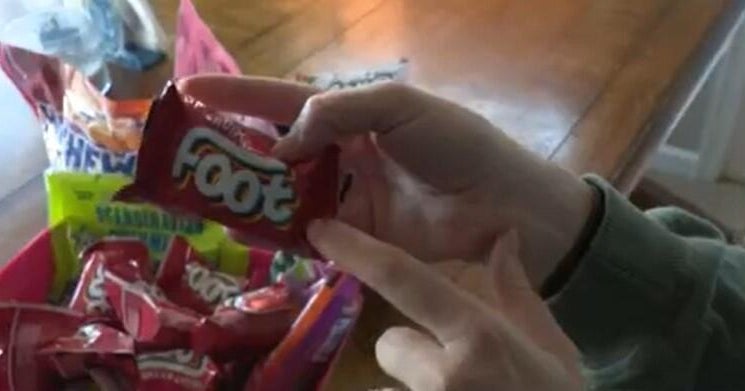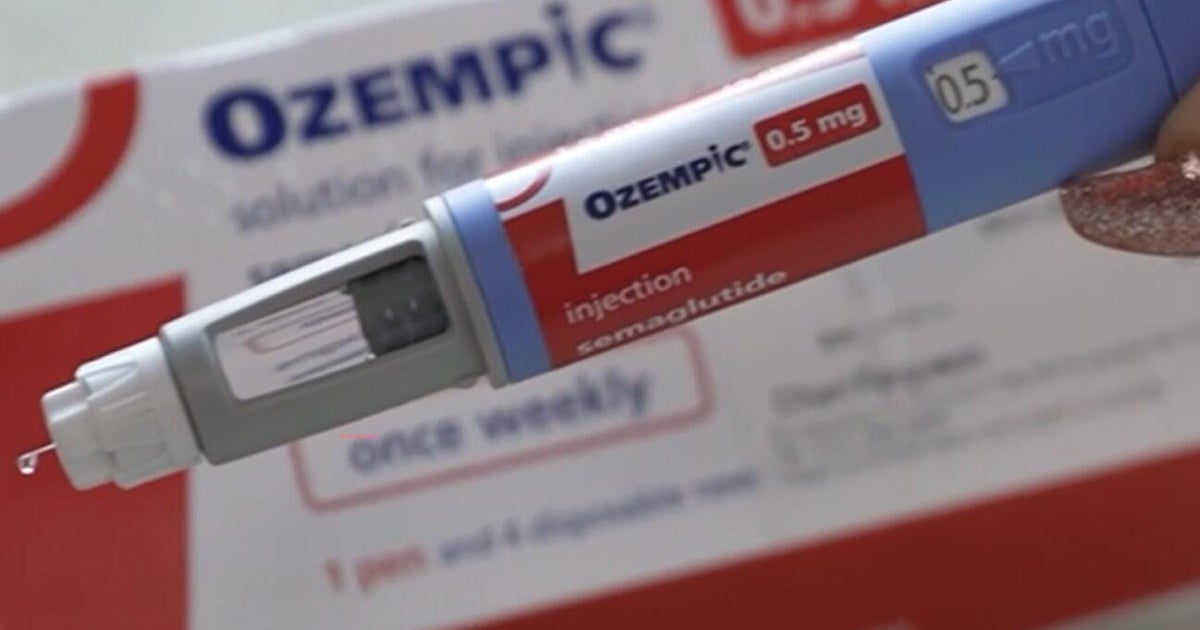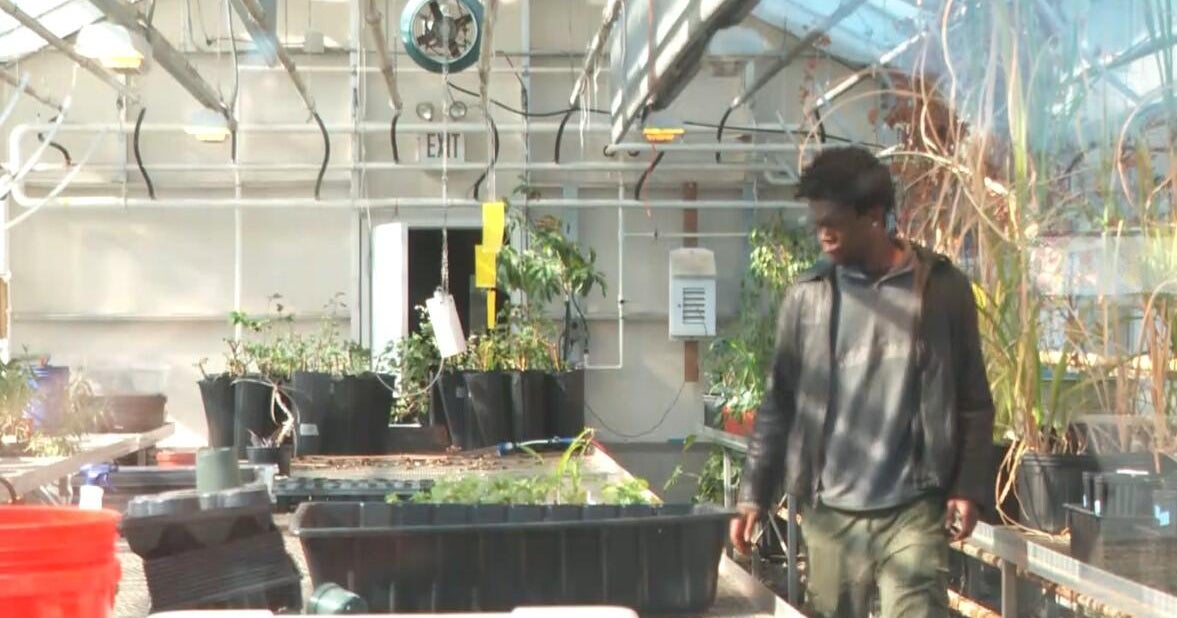Are raw oysters safe to eat?
BALTIMORE -- It's always oyster season somewhere, especially here in Maryland.
We can source them from all over the country, but there's a rich history in our own backyard.
In this Question Everything, WJZ's Rick Ritter answers, "Are raw oysters safe to eat?"
The answer
The Local Oyster, owned by Nick Schauman, is wildly popular with its catering, and shucking for parties in 13 different states. It's safe to say Schauman knows the market as well as anyone.
"The need for oysters is sensational, people love them," Schauman said. "I was born and raised in Baltimore. Seafood, crab cakes, oysters, it's in our blood. I had my first oyster when I was 2 years old at the Lexington Market. The rest is history."
Schauman said oysters can be prepared in many different ways.
"Every way you prepare them, they're different," he said. "They'll taste different once steamed. They will taste different on the grill, and on the half shell. Oyster stew is one of my favorites."
Schauman is putting any concerns about oyster safety to rest, including the theory that you can't eat oysters in months that don't have the letter "R" in them.
"Do you know what else has an "R" in it? Refrigerator. The R month is kind of an old wives tale. Before refrigeration though, you wouldn't dare eat an oyster in the hot summer months. Now we have modern practices and we also have aquaculture," Schauman said.
"We hear this question all the time, are raw oysters safe to eat? I'm shucking oysters 12 months a year. I wouldn't be doing it if they weren't safe."
Of course, it is still important to make sure when you buy oysters, that they smell fresh and are refrigerated or stored on ice.
Preserving the oyster population
A group of seventh-grade students from Saint Ignatius Loyola Academy set sail for a day on the Patapsco River thanks to the Living Classrooms Foundation in Baltimore.
"This is a great opportunity to take them out of the classroom, take them to Masonville Cove, take them out on the river and show them the river is cleaner and healthier than it's been in a very long time," said Nick Iannacone, the program coordinator for the Living Classrooms Foundation Marine Education Department who operates trips on the Sigsbee skipjack.
Of the 2,000 skipjacks originally built for oyster harvesting, the Sigsbee is one of only a handful still active. It was built in 1901 and was restored in the 1990s. The Sigsbee sails daily for the Living Classroom Foundation, offering students hands-on opportunities to learn about the history of the Chesapeake Bay.
"It feels like I am doing something to help the world, and Baltimore," said student Micah Stuckey.
The youngster and his classmates are helping preserve the oyster population with every bag, every spat and every bucket.
"It is really fun actually counting the oysters and seeing how large they are," a student said.
Replenishing oysters
Oyster reefs have become very depleted these days, according to Iannacone, making oyster preservation more vital than ever.
"Our day started with getting all of the bags, what's called a spat-on shell," Iannacone said. "The baby oysters are the spat set on the shell. Then we sail away to Fort Carroll, where we are building the oyster sanctuary and have been since 1997."
So what is the success rate of that?
"This year, we planted over 200,000 spat baby oysters out there at Fort Carroll in the Patapsco," Iannacone said. "They say there's a 70% survival rate, so when we are planting at Fort Carroll, 70% of those oysters are growing. That's a very good number. We have planted just under 600,000 oysters spat at the sanctuary out by Fort Carroll in 27 years."
It's proof that they are making a dent in putting oysters back on the reefer in the Patapsco and teaching some history along the way.
"It was an amazing experience," Stuckey said. "I would definitely like to do it again. It's just amazing," Stuckey said.
Recycling oyster shells
Schauman says it's important to recycle oyster shells.
"People used to ask, how do you recycle oyster shells, and 10 years later, the first thing people ask is do you recycle your shells before they even order anything?" says Schauman. "Most people think Eastern Shore and oyster shells in your driveway. I would say now, it's in about the 200 to 300 range of restaurants in the region that are now recycling their shells."Iannacone echoes that.
"Please recycle your shells," he said. "One of the major problems in restoration is there's just not that much shell. You need the shell to set the baby oyster on to take out to the wreath and plant them."
Restoration process
With where restoration efforts are now compared to years ago, Iannacone said he feels good about where it's headed.
"Working at Living Classrooms, I feel good about where restoration is going and public engagement," Iannacone said. "It's easy when it's so beautiful and you can see the impact so quickly."
To learn more about Living Classrooms and the work they do, visit their website.
To learn more about the Local Oyster and the oyster catering they offer, you can visit their website.
If you have a question, we'll track down the answer. Email us at Newsroom@WJZ.com.




